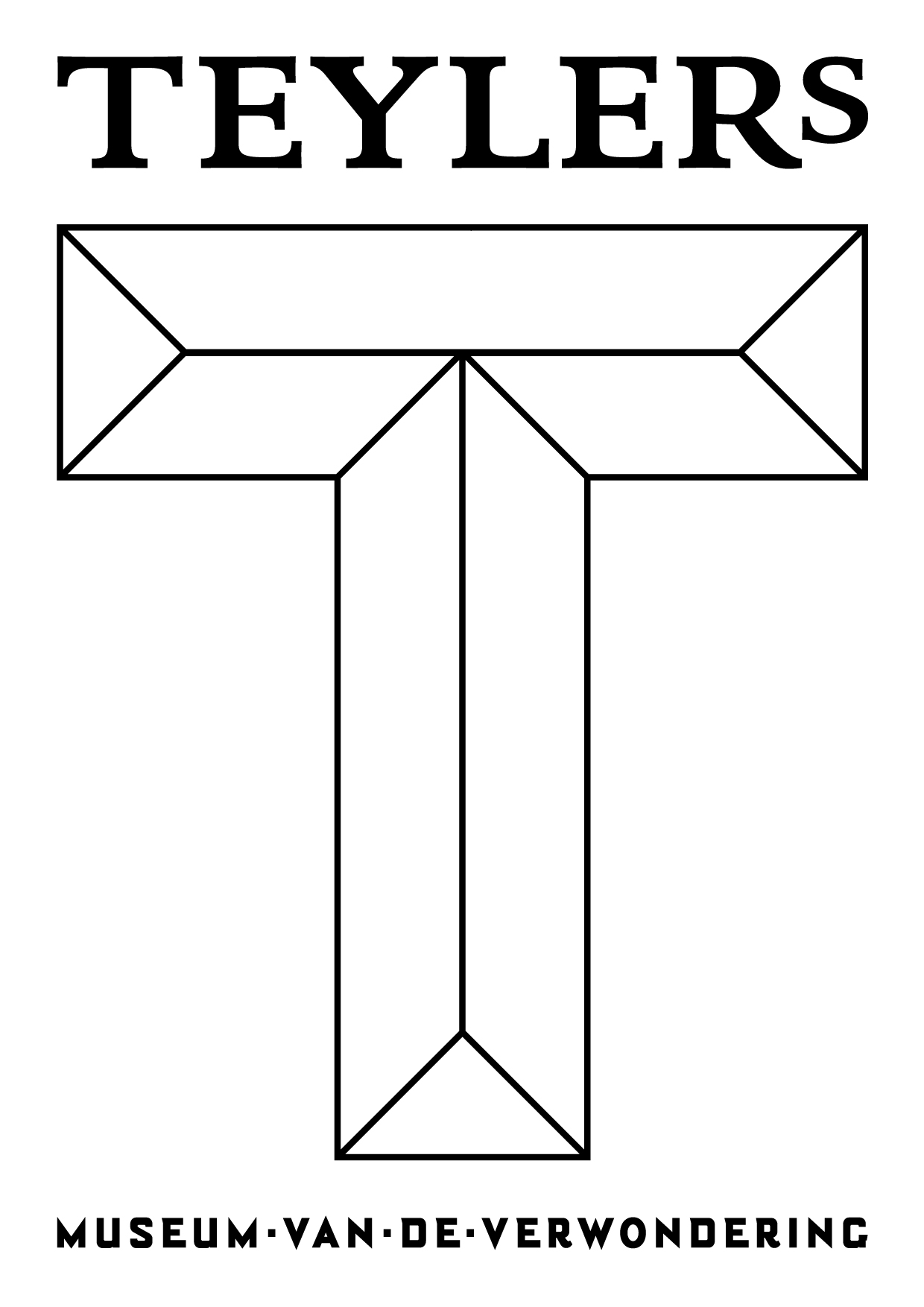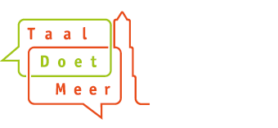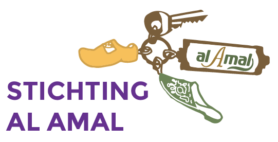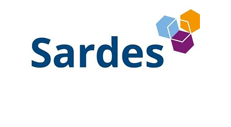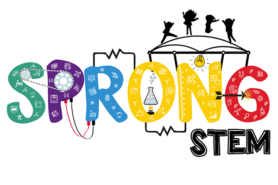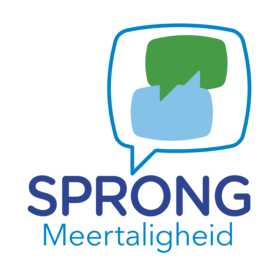Using languages through technology
Over the past few years, we’ve shared some great tactics and strategies on how to use students’ home language(s) in the classroom or at the museum. Generally, these strategies are used in interaction with two or more speakers of the same language(s). A dilemma arises for those students who don’t share their home language with anyone in the group. How can those students still make use of knowledge they have in their home language at school or the museum? A potential answer can be found in the use of digital tools.
It is not uncommon for translation apps to be used by teachers and students to converse in different languages. Students who don’t write in their language often have the option to speak into the device which will then be translated into spoken and written language. Such translation tools can be really helpful to initiate conversation or quickly understand why a student is upset. But how do you communicate complicated mathematical discourse – or even just simple mathematical terms – with a translation app? How can I confirm that my translation is correct? For example, if you want to translate the Dutch word “breuk” into English using Google Translate, the first translation you see is “breakage” and not “fraction.” If I happily tell my students that we well learn about “breakages” today, they will still have no clue what the lesson is about.

What then, is a better way to use digital tools to encourage the use of knowledge in the home language when learning mathematics? This is one of the subprojects that Multi-STEM is working on in the hopes of developing an effective digital tool for teachers and students to translanguage during mathematics lessons. The results of this project are forthcoming, but here are some ways other researchers have enabled students to use all their languages with the help of digital tools:
- Offer verified mathematics software in the home language (as a supplement to instruction)
- Allow students to make vlogs or podcasts where they explain the lesson in the language(s) of their choosing
- Provide students with instructional video’s in their home language, which they can either watch during independent work time or at home
How do you use technology to translanguage?
Hanneke Baart | PhD researcher, Translanguaging & Digital Tools
Currently, this blog is only available in English and Dutch. To read it in another language we recommend using the translation tool DeepL.com.


